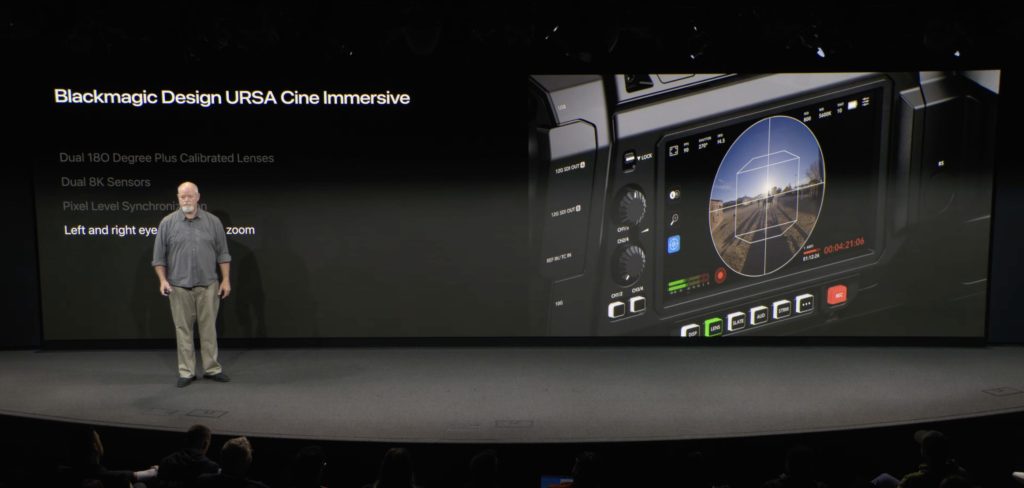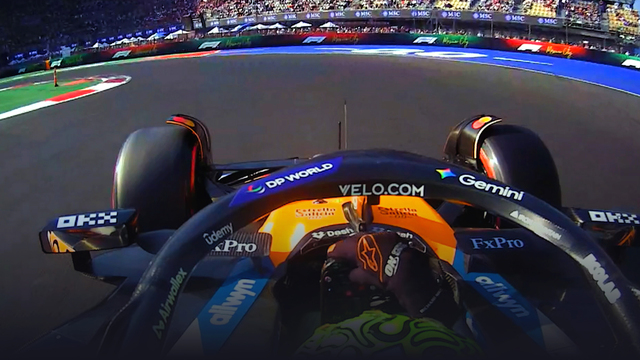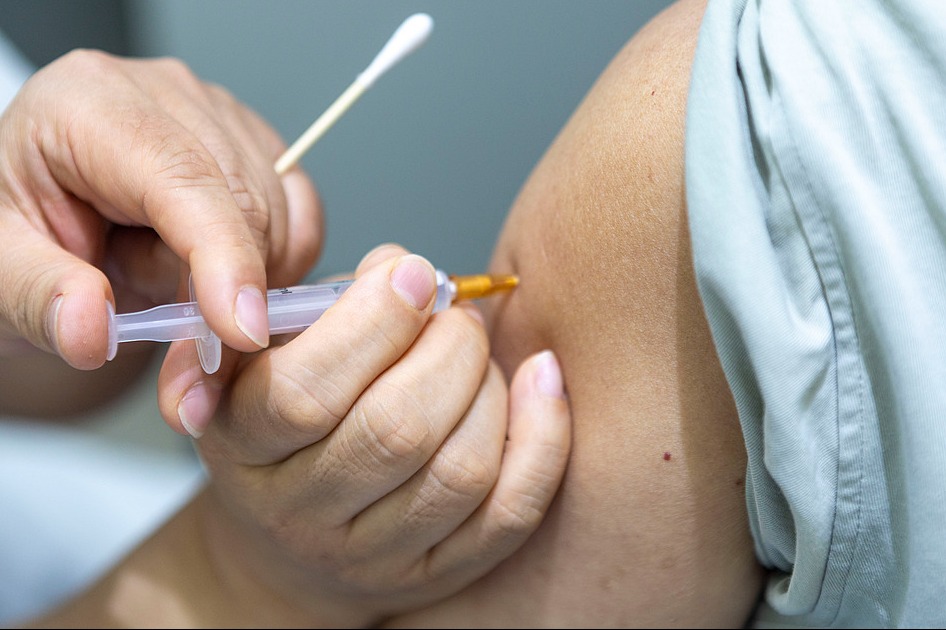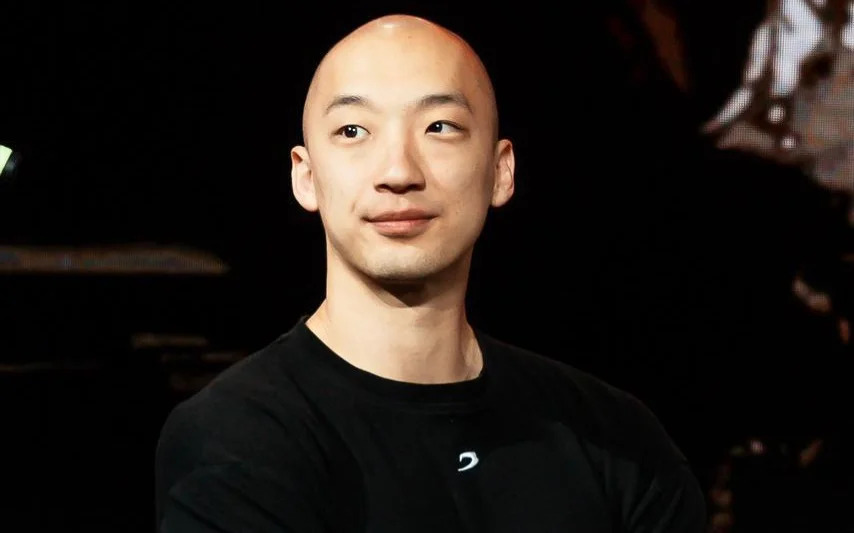ALMATY — Kazakh filmmaker and stunt coordinator Robert Kun has been officially named director and action choreographer for Jackie Chan’s new global project, “Armor of God: Ultimatum.” Salem Entertainment announced on Oct. 21 that…
Author: admin
-
PM to visit KSA tomorrow to attend FII conference – RADIO PAKISTAN
- PM to visit KSA tomorrow to attend FII conference RADIO PAKISTAN
- PM Shehbaz Sharif to visit Saudi Arabia next week to attend FII9 summit Geo TV
- PM Shehbaz made 34 foreign visits in 20 months, President Zardari 3 samaa tv
- PM Shehbaz makes 34…
Continue Reading
-
Raves at Rome’s ancient amphitheater? New Colosseum director sets the record straight
ROME — The man who just took charge of Rome’s top tourist attraction wants to set the record straight: the Colosseum won’t be hosting any electronic dance music parties on his watch.
Simone Quilici, director of the Archaeological Park of the…
Continue Reading
-

Apple publishes comprehensive immersive video workflow presentations by Iain Anderson
Last week, Apple hosted two days of presentations in Cupertino and online, talking about how to create immersive content for the Apple Vision Pro — and it’s all available for free, on YouTube. While Day 1 (Create immersive media…
Continue Reading
-

Sir Anthony Hopkins quit drinking 50 years ago – what you can learn from his abstinence |
In a recent New York Times interview, Sir Anthony Hopkins spoke of a night that divided his life into before and after. It was December 29, 1975, 11 p.m., in Los Angeles. “I was in big, big trouble because I couldn’t remember anything and I…
Continue Reading
-

Ride onboard with Lando Norris for his stunning pole lap in Mexico City Grand Prix Qualifying
Lando Norris will start from pole position at the Mexico City Grand Prix after topping Qualifying for the fifth time this season on Saturday.
Norris’ 1m 15.586s effort put him 0.262s clear of fellow front row starter Charles Leclerc in…
Continue Reading
-

High-risk groups better protected against shingles
The China National Medical Products Administration (NMPA) has approved Shingrix (GSK”s Recombinant Zoster Vaccine or RZV) for the prevention of shingles (herpes zoster) in adults aged 18 years and…
Continue Reading
-

How Investors Are Reacting To NXP Semiconductors (NXPI) Expanding Software Focus Through eInfochips Alliance
-
eInfochips and NXP Semiconductors recently announced a multi-year collaboration to provide software distribution, tools, and support services for NXP’s S32 family of microcontrollers and microprocessors.
-
This partnership emphasizes NXP’s growing focus on enabling faster customer application development and strengthening its role in software-driven automotive and industrial platforms.
-
We’ll examine how NXP’s commitment to software solutions through this alliance may reshape the company’s growth outlook and investment narrative.
Outshine the giants: these 27 early-stage AI stocks could fund your retirement.
To own shares in NXP Semiconductors, it helps to believe in a sustained rebound in global automotive and industrial semiconductor demand, as well as NXP’s ability to leverage advanced software solutions in these sectors. The recently announced collaboration with eInfochips to accelerate software distribution for S32 platforms is a meaningful nod to this vision, though it is not expected to materially shift the primary near-term catalyst, which remains the normalization of automotive Tier 1 inventory levels. The key risk, weak end-demand recovery and modest revenue performance, remains unchanged and central for shareholders to monitor.
Of the recent announcements, the multi-year partnership with eInfochips stands out for its alignment with the company’s ambition to drive software-enabled innovation in automotive and industrial solutions. While this announcement reinforces NXP’s positioning in software-driven automotive platforms, the bigger immediate catalyst continues to be improved order visibility as inventory headwinds ease across core automotive customers, a development closely awaited by investors.
Yet, with persistent concerns over customer inventory normalization possibly stalling if macro conditions weaken, it’s essential that investors understand the risk posed by…
Read the full narrative on NXP Semiconductors (it’s free!)
NXP Semiconductors’ narrative projects $15.5 billion revenue and $3.5 billion earnings by 2028. This requires 8.7% yearly revenue growth and a $1.4 billion earnings increase from $2.1 billion today.
Uncover how NXP Semiconductors’ forecasts yield a $258.19 fair value, a 18% upside to its current price.
NXPI Community Fair Values as at Oct 2025 Ten fair value estimates from the Simply Wall St Community range from US$187.08 to US$294.09 per share, showcasing wide disagreement on future possibilities. With inventory recovery as a decisive catalyst, it’s worth considering how quickly opinions can shift among market participants, explore these differing perspectives to inform your view.
Continue Reading
-
-
Tinier than a Grain of Sand: Physicists Create the World’s Smallest Light Pixel – SciTechDaily
- Tinier than a Grain of Sand: Physicists Create the World’s Smallest Light Pixel SciTechDaily
- Scientists develop retina E-paper display with 25k pixels per inch, matching human vision The Brighter Side of News
- Colour e-paper screen offers…
Continue Reading
-

Ek Deewane Ki Deewaniyat worldwide box office collection: Harshvardhan Rane film earns ₹44 cr, beats Dhadak 2 lifetime
₹44 cr, beats Dhadak 2 lifetime”>Published on: Oct 26, 2025 10:35 am IST
Ek Deewane Ki Deewaniyat’s worldwide box office collection is inching towards the ₹50 crore mark, eclipsing the lifetime haul of Karan Johar’s Dhadak 2.
Continue Reading
